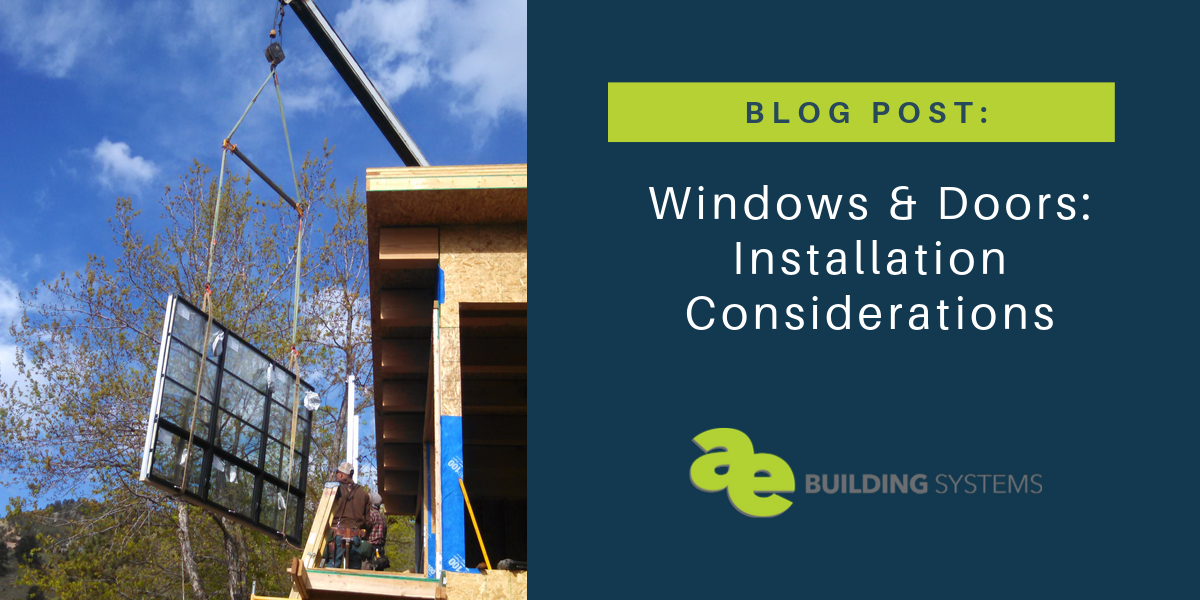Author: Julie Overby
-

Windows and Doors: Installation Considerations
In this post, we’ll go over a few key tips for installing windows, sliding doors, and swing doors. Whether you’re updating windows in your home to modernize the look or increase energy efficiency, or you’ve got a new build going up, we hope the information we’re about to drop gives you some insight to the…
-

A Primer on Windows and Doors
Knock knock.Who’s there?Harry.Harry who?… Harry up and answer the door so we can talk about that big hole in your building! There are lots of things we geek out about over here, and gaping spaces in buildings get our full attention. First-world countries have come a long way since the Three Little Pigs style of…
-

Thermal Bridging in Roofs and Framing
This post is part of a series on thermal bridging. Warm air rises, so you can imagine roofs are kind of a big deal when it comes to thermal anything. Point of fact, your roofing system’s thermal performance is a major factor in your building’s overall thermal performance. And one sure-fire way to sabotage the…
-

Thermal Bridging in Foundations and Footers
This post is part of a series on thermal bridging. Exposed concrete foundations are notorious for glowing yellow on thermal imaging. All that concrete acts as a highway for heat to leave the building, and should be given as much attention as windows, balconies, and the rest of the building envelope. Let us join the…
-

Thermal Bridging and Decks, Cantilevers, and Balconies
This post is part of a series on thermal bridging. Have you been charged with designing an energy-efficient deck or balcony? Or maybe you’re looking at blueprints with cantilevers that has your gut telling you something’s not quite right. Perhaps you’re a homeowner itching to start a project, but the term “thermal bridging” stopped you…
